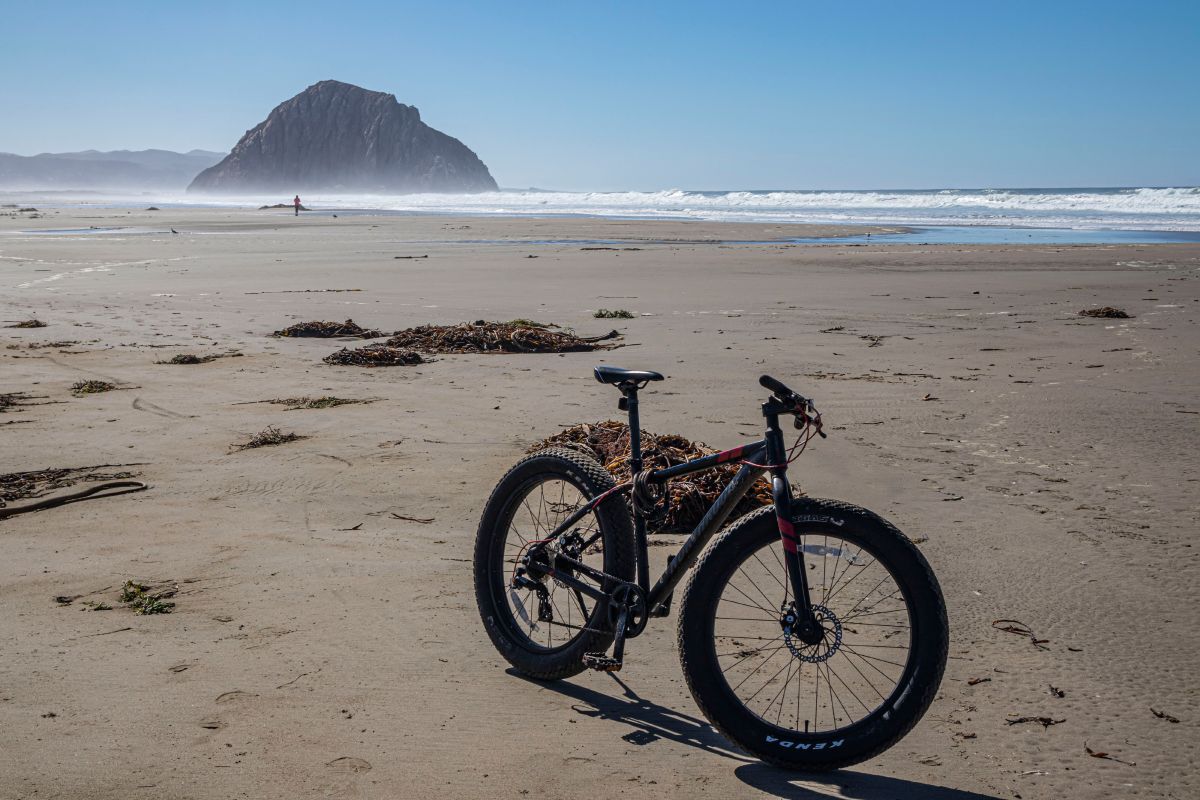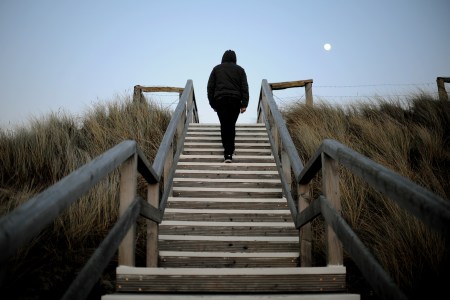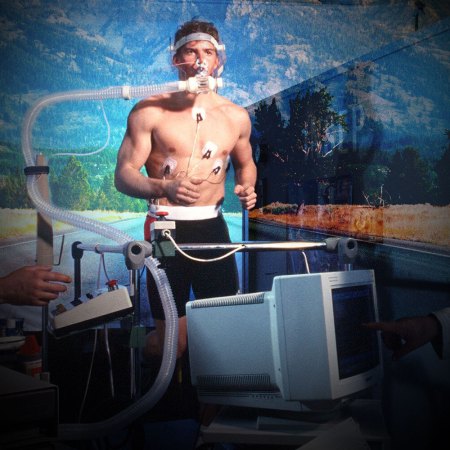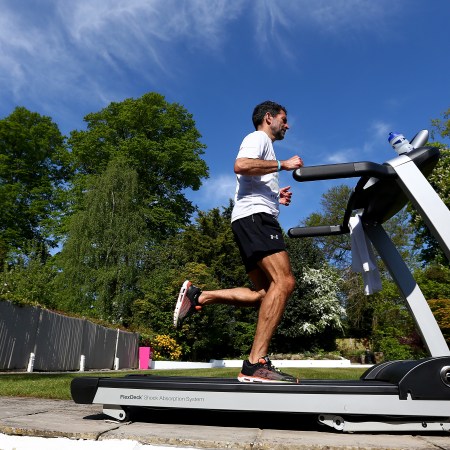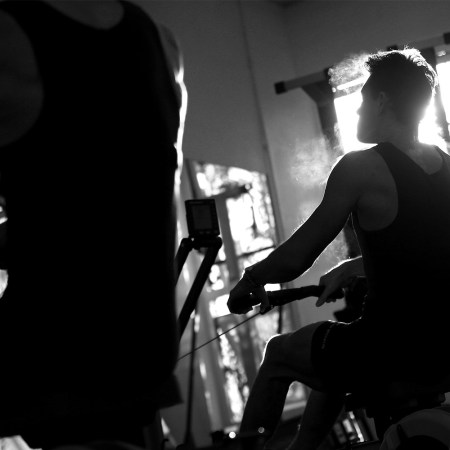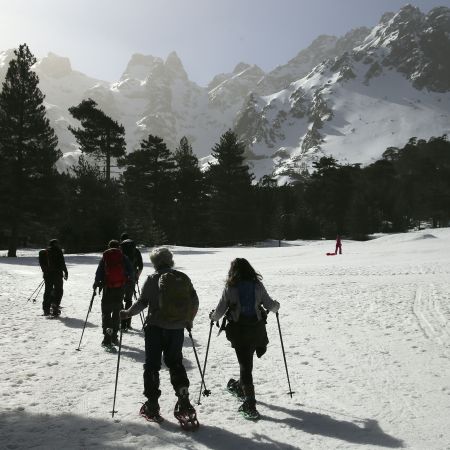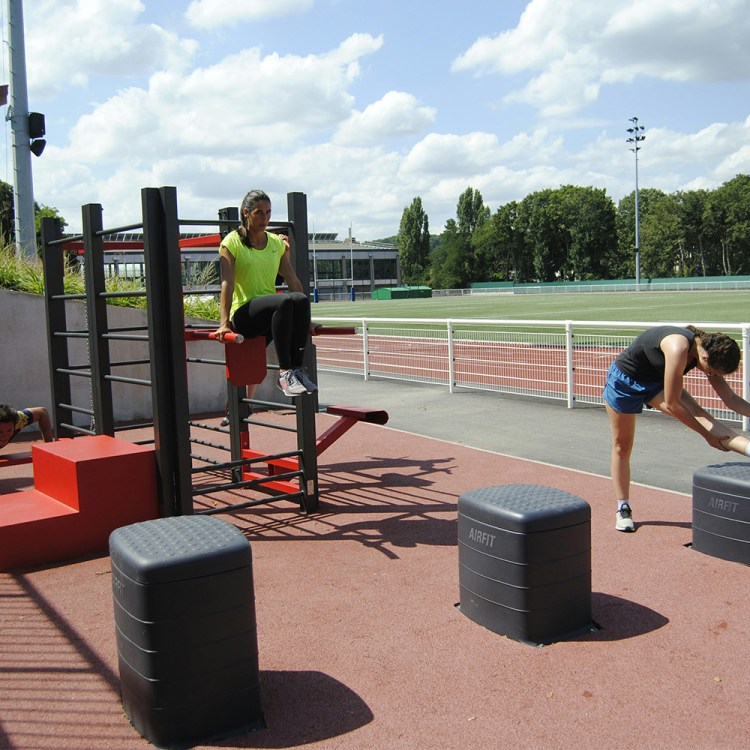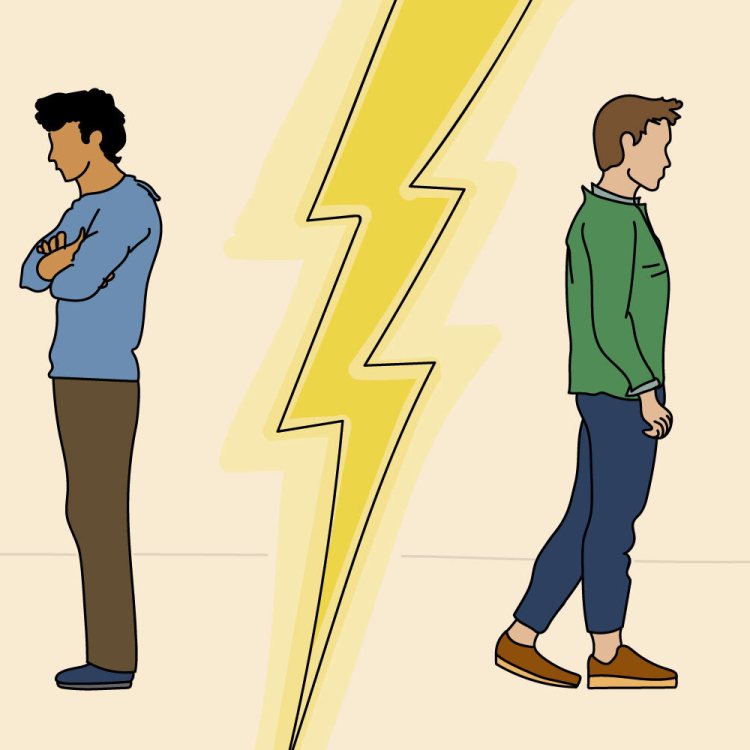I made a one-sided acquaintance at the beach this summer. I was training for the New York Marathon at the time, and got into the habit of finishing my runs by the water. Each time I sat down on the sand, the same woman would float by on a bike, traversing the sometimes damp or pockmarked strand as if it were smooth asphalt.
She had a few decades on me, but she always looked at ease. I chalked this up to her bike’s enormous tires — even bigger than the average beach cruiser. The woman never biked with much pace, but generally, I’d watch the waves for a bit, look back up, and she was all but gone. Go grandma.
How Many Flights of Stairs Should You Walk a Day?
Practicing the 3×3 rule will boost your heart health and brain ageWhat’s a Fat Tire?
Her bike was almost certainly a fat tire. These bikes are built for off-road pursuits — they have robust frames, wide forks and, of course, thick tires. Think: 3.8 inches or wider (the average road bike is a single inch, while the average mountain bike doesn’t push past 2.5 inches).
Because the tires are so thick, it’s much easier for riders to grip the ground. The larger contact area yields excellent traction on all sorts of terrain: sand, snow, mud, desert rocks, roots, you name it. The majority of fatbikes (one of their very satisfying alternative names) don’t have/need suspension because the tires are actually quite squishy. The tire pressure is kept low on purpose, to ensure maximum give across various surfaces.
Why We Love Them
I can’t prove it, as I was only in that beach town for a week and change, but I like to think that that lady does the same route every day of the year, no matter the weather. And with a sturdy fat tire at her service, she definitely could. The bike is an all-season cardio champ, especially given its performance in the snow. (There are fat biking adventures offered in wintry Finland!)
Crucially, fat tires invite a slow cardio — the sort of low-impact, Zone 2 fare that you’ll want to do on a daily basis…and will actually be able to continue into your later years. The risk of burnout is low, while the likelihood of fun and repose is high. It’s no cake-walk, though: similar to snowshoeing, the effort needed to push through the sandy or snowy resistance will still pose a full-body challenge to your heart and muscles. Oh yeah, and Arnold starts his days by riding one.
As for acquiring one of your own, we recommend looking into options like the top-line Fezzari Kings Peak, or the more-affordable Trek Farley 5. They’ll set you back a bit, but it’s worth it for something you’ll be able to ride forever.
Whether you’re looking to get into shape, or just get out of a funk, The Charge has got you covered. Sign up for our new wellness newsletter today.
